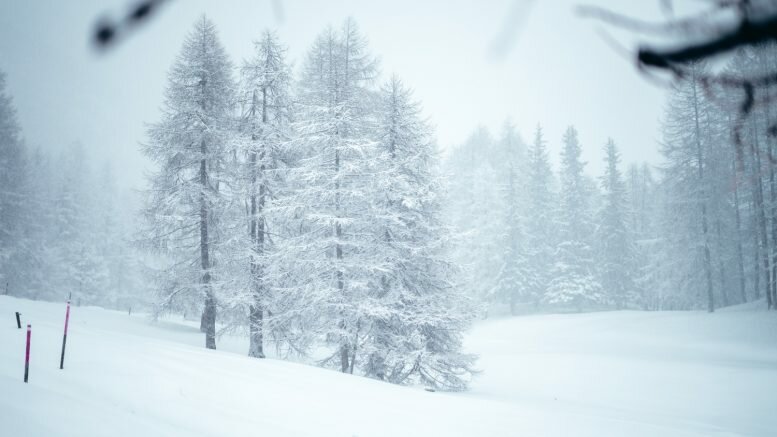Why Norway is the Coldest Country in Europe
Norway is a Nordic country in North-Western Europe and shares its borders with Finland, Russia, and Sweden. It has become a very popular tourist destination in Europe but has more than half of its yearly visitors during the warmer months of May to August since it is known for having an extremely cold winter season.
The temperatures and weather conditions of the world vary, but Norway can see some pretty extreme lows; the lowest temperature that has ever been recorded in Norway was -51.4°c on New Year’s Day in 1886. There are different contributing factors to Norway’s climate that help to explain why it is the coldest country in Europe. Here is a look at a few of those explanations.
Arctic Circle
The Arctic circle is the most northerly of all the five major circles of latitude across the earth. It is named this as the Arctic region is to the north of the circle. The Arctic circle influences climate and is known for the cold temperatures the countries within it can often experience. The sun will sometimes not rise for weeks or even months in the northern regions of the Article Circle and this can contribute significantly to the cold temperatures.
However, northern Norway’s climate does not suffer as severely as other countries in the Arctic Circle due to a significant factor: The Gulf Stream. The Gulf Stream is a warm and swift current that travels across the Atlantic Ocean and subsequently has a positive impact on northern Norway’s climate. Without the warming effects of the Gulf Stream, Norway would be even colder! This is also what prevents Norway from being permanently covered in ice all year round.
Cold Air Masses
Across Europe, different types of air come together. The term ‘air mass’, coined around seventy years ago by meteorologists in Norway, refers to volumes of air that are defined by their temperature and water content. They can strongly influence a country’s climate. Cold air masses are named polar or arctic whereas air masses that are warmer are referred to as tropical.
Air masses are determined by factors such as source, region and age, which are natural contributors to a country’s temperature. Norway faces cold air masses that come from Greenland and Russia, which is what makes the country so cold.
Norway’s Latitude
Norway has a high latitude which it shares with countries like Greenland, Alaska and Siberia. While this can help us to understand why Norway is the coldest country in Europe, it also means that the country absorbs less solar energy. During winter, in the north of the arctic circle, the sun does not come up, which means this region, including Norway, gets little or no sunlight or warmth.
While Norway is known for its extremely cold weather conditions, this can vary depending on location and terrain of geographical areas of the country. Because of the Gulf Stream, the fjord region largely remains free of ice, whereas the coastal areas can receive high levels of precipitation. However, this is a positive aspect of tourism in Norway as these areas have become popular destinations for skiers.
Much of Norway’s cold climate can be explained by the air that is brought from elsewhere across Europe; the cold is worsened when high-pressure air is added to elements such as high latitude to create the below-freezing temperatures that are prevalent across the country. Due to this, the villages that reside up in the northern areas of Norway, especially in the valleys of mountains, experience the worst low temperatures. Therefore, these villages are less likely to receive sunlight and collect cold air due to their terrains.
While Norway is one of the coldest countries in Europe, the effects of the Gulf Stream and the impact of climate change has led to a slight rise in the temperatures across Norway.
This article is written by our contributor, William Chutney, to be shared with the esteemed readers of Norway Today. William is a weather enthusiast, with over 20 years in experience working in the industry. He also owns the webisite temperaturesensei.com.
© William Chutney / #Norway Today


